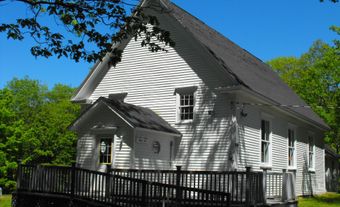Glace Bay,Nova Scotia, population centre, 16,915 (2021 census), 17,604 (2016 census). Glace Bay is a community located on the east coast of Cape Breton Island. On 1 August 1995 Glace Bay lost its status as a town when it was combined with the city of Sydney and five other towns in the area. Together, these municipalities formed the Cape Breton Regional Municipality. Facing into the sun and the Atlantic Ocean, the location was known to the Mi’kmaq as Wasokusegwom (“bright home”). The French, who mined coal for Louisbourg from the cliffs, called the location “Baie de Glace.” The name was a reference to annual drift ice from the Gulf of St. Lawrence (see also Gulf).
Development and Coal Mining
The Dominion Coal Company, founded in 1893, made Glace Bay a boomtown. The municipality emerged from smaller 19th century colliery settlements. Immigrant workers came from Britain and Europe, but most of the population was drawn from rural Cape Breton, the Maritimes and Newfoundland. Many small communities in the area were combined with Glace Bay and incorporated as a town in 1901.
To exploit the rich bituminous coal seams underlying the district and dipping under the ocean floor, Dominion Coal operated 11 collieries within the town. These collieries included some of the largest and most productive coal mines in North America. Although the coal company dominated the local economy, by the 1920s Glace Bay was a union stronghold. The coal miners had a powerful influence on community life, and “company town” gave way to “labour town.”
The declining economic importance of coal led to Dominion Coal’s withdrawal in 1967. The publicly owned Cape Breton Development Corporation (DEVCO) closed the town’s one remaining colliery in the 1980s. At the turn of the 21st century, DEVCO itself was dismantled and all its assets sold off.
Fishing has also been a prominent industry in the town and surrounding area since the early 1900s. Depletion of fish stocks in the late 1980s and early 1990s, however, has led to a downturn in the industry.
Cultural Life
The Miners Museum is a tribute to the people of Glace Bay and the surrounding coal towns. The Marconi National Historic Site commemorates Guglielmo Marconi’s radio transmitting station of 1902 (see also National Historic Sites in Canada).

 Share on Facebook
Share on Facebook Share on X
Share on X Share by Email
Share by Email Share on Google Classroom
Share on Google Classroom



